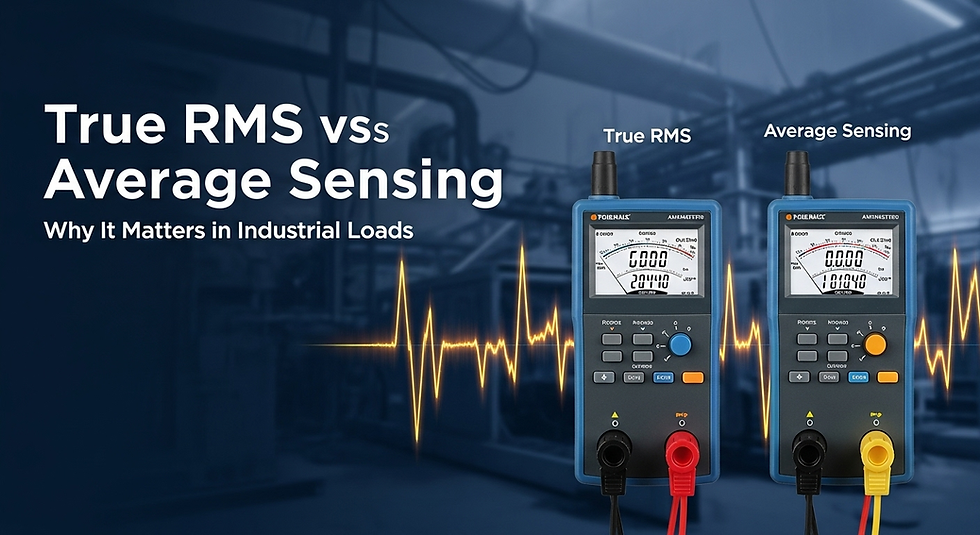How to Choose Between Different Mini Circuit Breakers for Your Home - Complete Guide
- teddymccb
- Mar 18
- 3 min read

Mini circuit breakers (MCBs) play a crucial role in safeguarding electrical circuits against overloads and short circuits. Whether you are an electrician, homeowner, or contractor, selecting the right mini circuit breaker supplier or mini circuit breaker exporter is essential for ensuring quality and safety. In this guide, we will explore the different types of MCBs, their applications, and key factors to consider before making a purchase.
Understanding Mini Circuit Breakers
A mini circuit breaker is an automatic electrical switch designed to protect electrical circuits from excessive current. When a fault is detected, the breaker trips, interrupting the electrical flow and preventing damage. MCBs are widely used in residential, commercial, and industrial electrical systems.
Why Are MCBs Important?
Prevent electrical fires due to overloading
Protect appliances from short circuits
Enhance safety in home and commercial buildings
Provide easy resetting without replacing fuses
If you are looking for it then see Top 10 Miniature Circuit Breaker Manufacturer in 2025
Types of Mini Circuit Breakers
1. Type B Mini Circuit Breaker
Trips at 3-5 times the rated current
Ideal for residential applications
Suitable for lighting and socket circuits
2. Type C Mini Circuit Breaker
Trips at 5-10 times the rated current
Used in commercial buildings and small industrial setups
Suitable for inductive loads like motors and transformers
3. Type D Mini Circuit Breaker
Trips at 10-20 times the rated current
Best for high inrush current loads
Used in heavy machinery and industrial settings
4. Single-Pole vs. Double-Pole vs. Three-Pole MCBs
Single-Pole MCBs: Protect one live wire, ideal for home applications
Double-Pole MCBs: Protect both live and neutral wires, used in high-power devices
Three-Pole MCBs: Used in three-phase electrical systems for commercial and industrial applications
Key Factors to Consider When Choosing an MCB
1. Rated Current (Amperage)
The MCB's rated current must match the expected load of your electrical circuit. Typical ratings range from 6A to 63A for residential and commercial use.
2. Breaking Capacity
Measured in kA (kiloamperes), this determines the MCB’s ability to handle fault currents. A higher breaking capacity is essential for industrial setups.
3. Tripping Curve
Choose the right tripping curve (B, C, or D) based on your electrical appliances and their inrush current.
4. Number of Poles
Select single, double, or three-pole MCBs depending on whether your application is single-phase or three-phase.
5. Compliance with Standards
Always ensure your MCB meets international safety standards such as IEC 60898-1 or IS/IEC 60947-2.
If you are looking to choose a Mini Circuit Breaker Manufacturer then see this detailed guide.
Where to Buy High-Quality Mini Circuit Breakers?
When purchasing MCBs, it is crucial to choose a reputable mini circuit breaker supplier or mini circuit breaker exporter to ensure product reliability. Look for manufacturers that provide certified, tested, and high-quality products with adequate warranty and customer support just like this provided supplier link.
Installation and Maintenance Tips
Proper Installation: Ensure a licensed electrician installs your MCBs according to manufacturer guidelines.
Regular Inspection: Check for overheating, loose connections, or physical damage.
Timely Replacement: If an MCB frequently trips or fails to operate, replace it immediately.
Conclusion
Choosing the right mini circuit breaker is essential for ensuring electrical safety and efficiency. By understanding different types, applications, and factors like rated current and tripping curves, you can make an informed decision. Always source your MCBs from a trusted mini circuit breaker supplier or mini circuit breaker exporter to guarantee quality and compliance with safety standards.



Comments